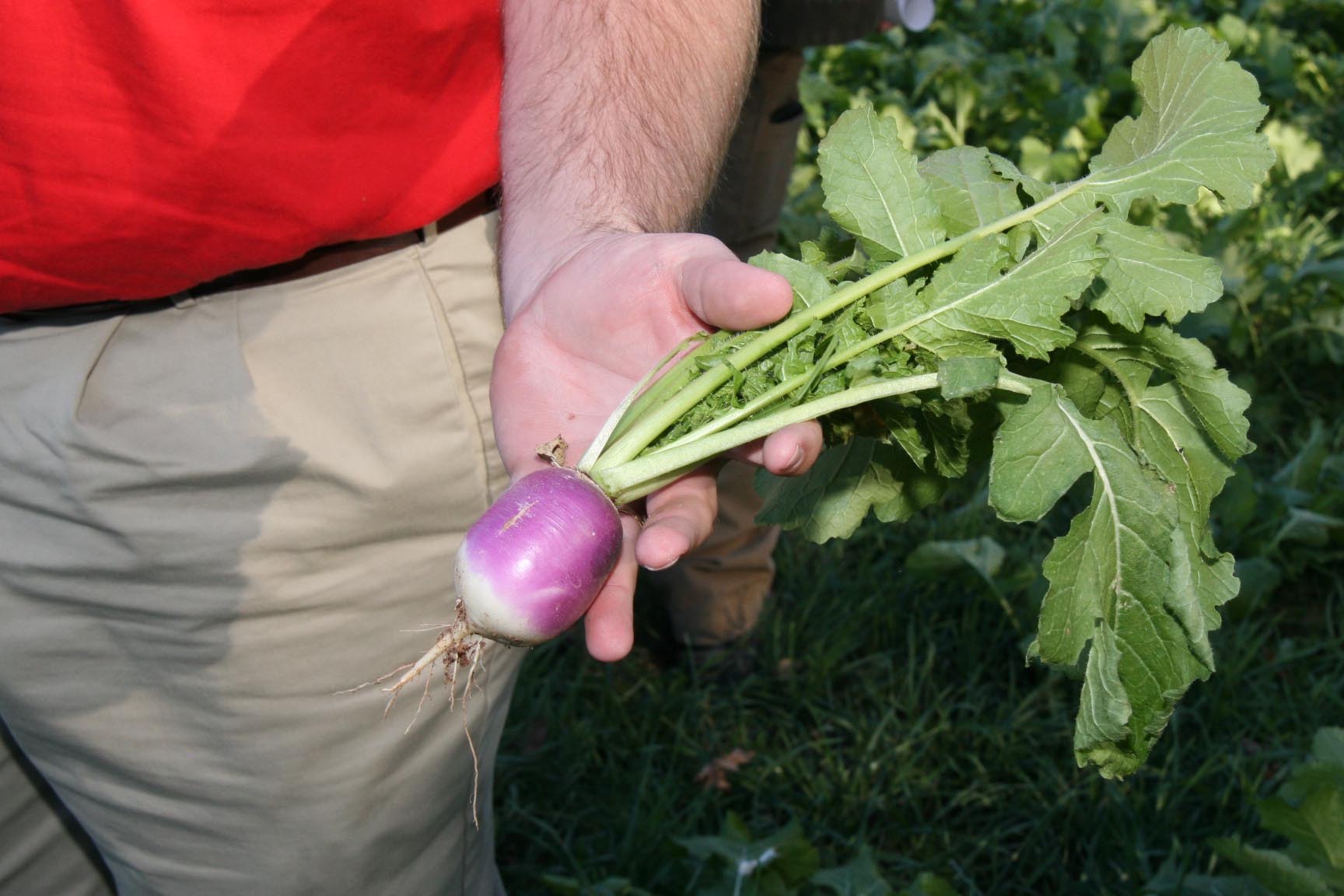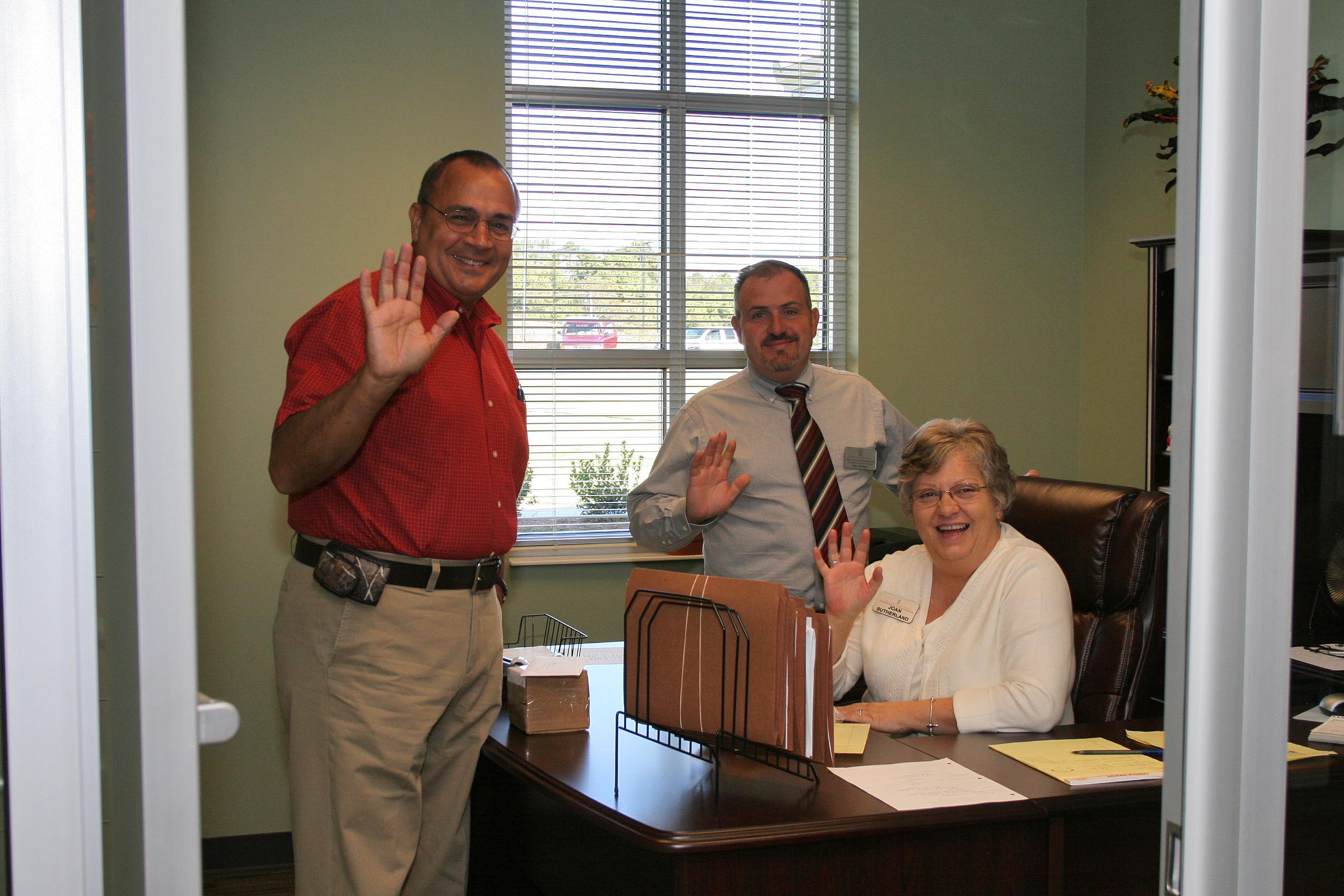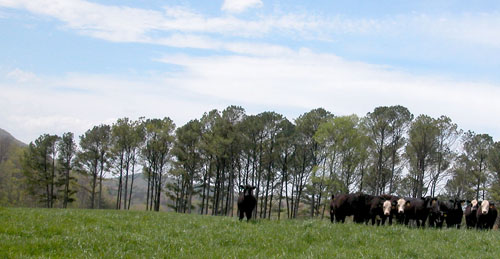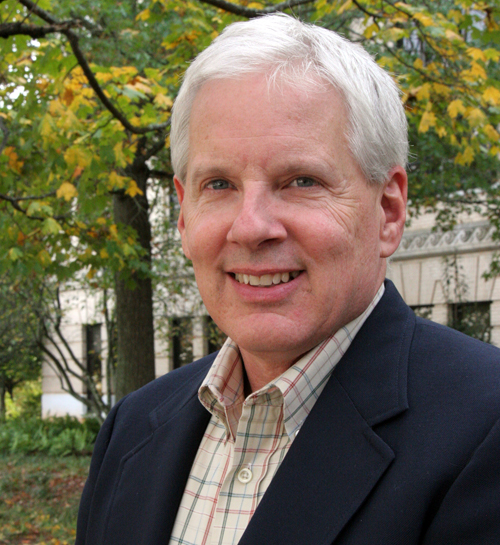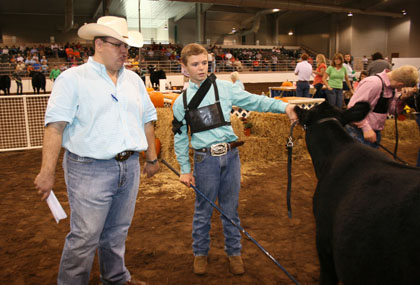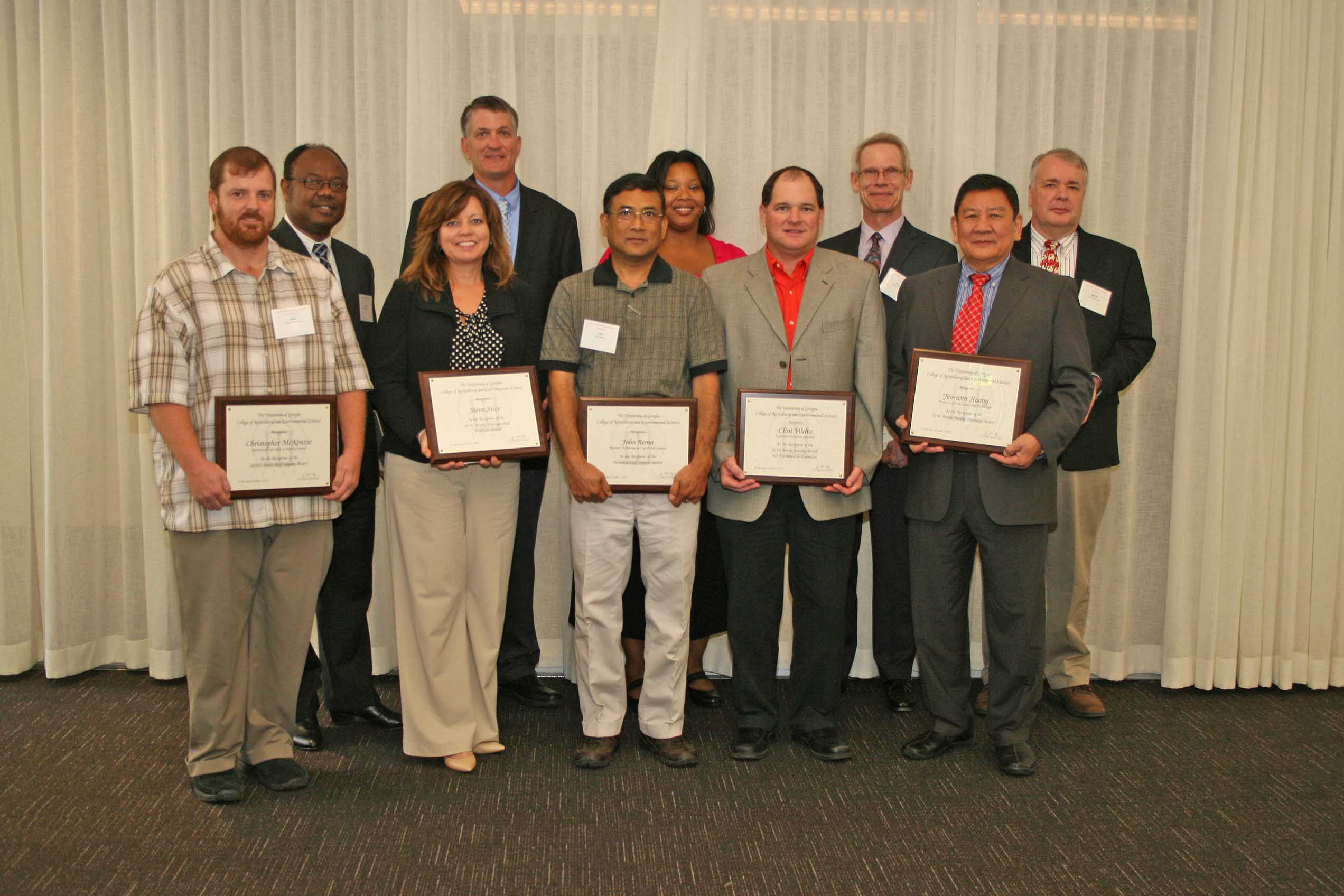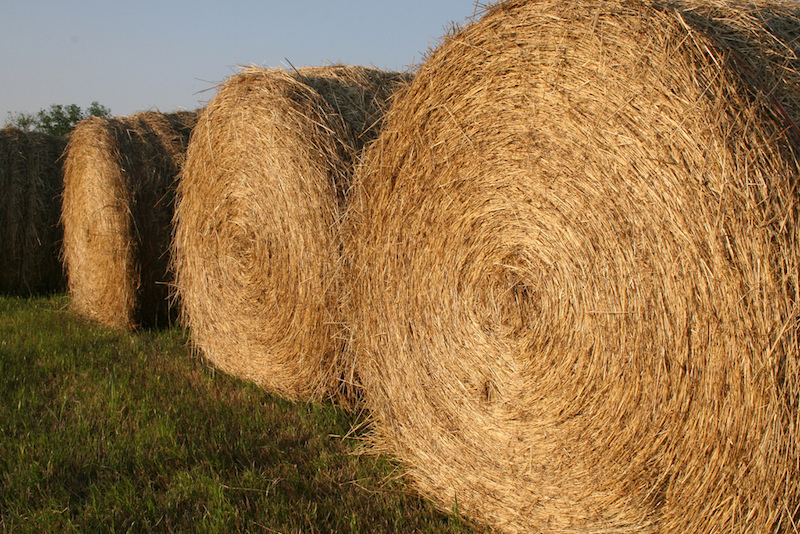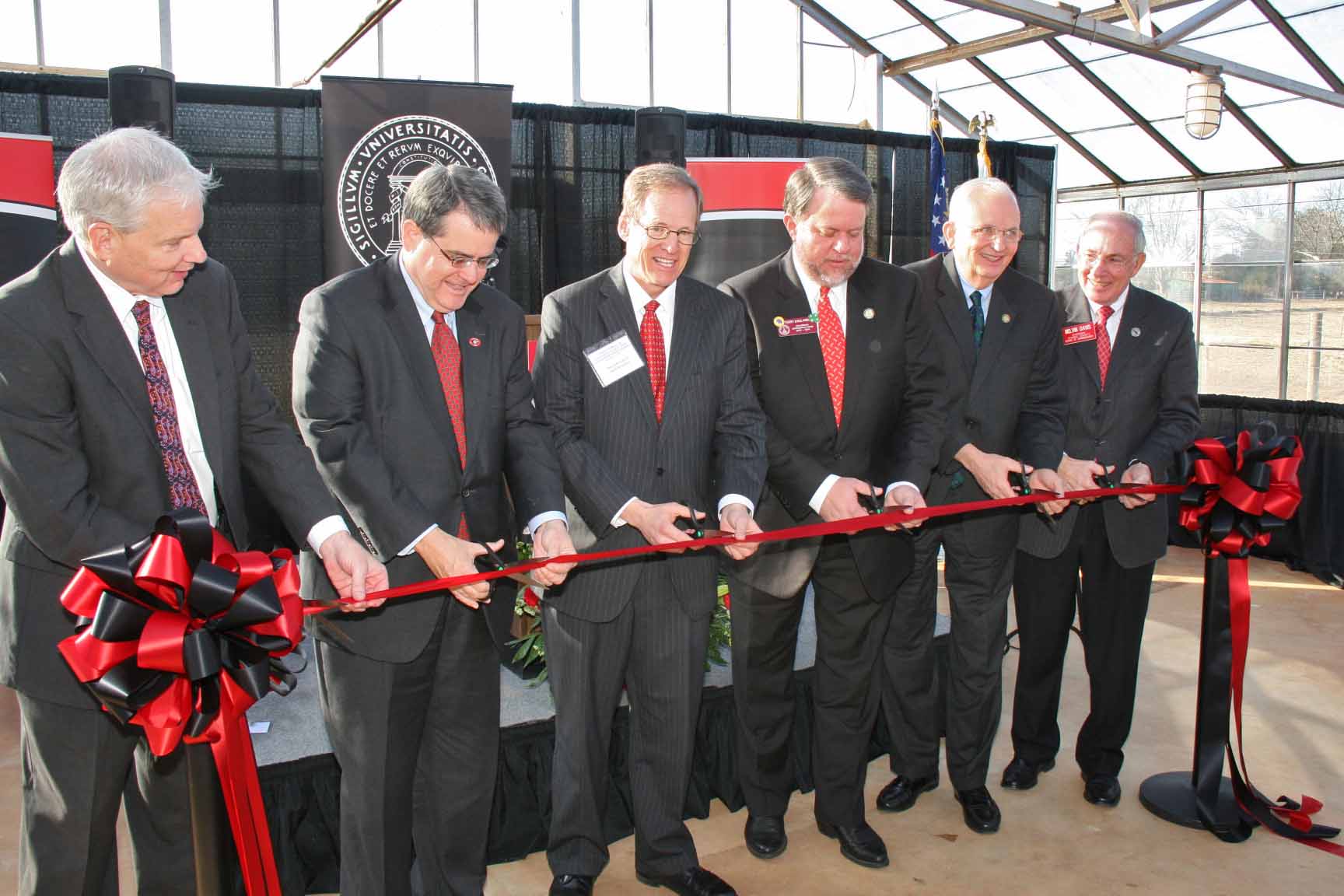 CAES News
CAES News
J. Phil Campbell Sr.
With the dedication of the J. Campbell Sr. Research and Education Center in Watkinsville, the University of Georgia is carrying on a legacy of agricultural and environmental research and outreach.


